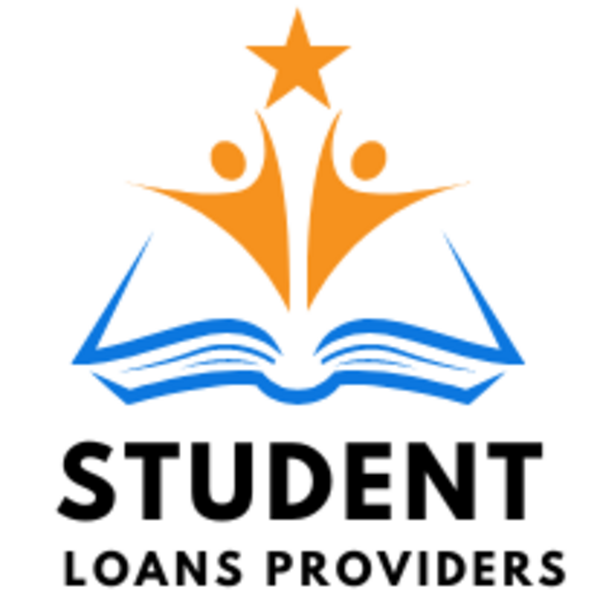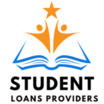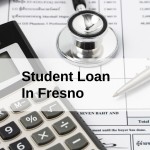In recent years, the United States has remained a premier destination for international students seeking quality education in the fields of Science, Technology, Engineering, and Mathematics (STEM). With its cutting-edge research facilities, renowned faculty, and diverse academic programs, the U.S. offers a wealth of opportunities for students aspiring to excel in these disciplines. However, navigating through the intricacies of U.S. STEM programs can be daunting, especially for international students who may face unique challenges such as visa requirements, financial constraints, and unfamiliarity with the education system. In this comprehensive guide, we will explore various aspects of U.S. STEM programs for international students, including funding options, student loan forgiveness, and recent updates in the landscape of higher education financing.
Understanding Student Loans and Loan Forgiveness
One of the primary concerns for international students considering studying in the U.S. is financing their education. While scholarships, grants, and personal savings can alleviate some of the financial burden, many students often rely on student loans to cover tuition, living expenses, and other educational costs. In the U.S., federal and private student loans are the two main types of financial aid available to students.
Federal Student Loans
Federal student loans, offered by the U.S. Department of Education, are typically more favorable for borrowers due to their lower interest rates and flexible repayment options. These loans include Direct Subsidized Loans, Direct Unsubsidized Loans, and Direct PLUS Loans. International students are generally not eligible for federal student loans unless they have a U.S. citizen or permanent resident cosigner.
Private Student Loans
Private student loans are provided by banks, credit unions, and other financial institutions. While these loans may offer higher borrowing limits, they often come with higher interest rates and less favorable terms compared to federal loans. International students may find it challenging to qualify for private student loans without a creditworthy cosigner who is a U.S. citizen or permanent resident.
Student Loan Forgiveness and Repayment Programs
For graduates burdened with student loan debt, loan forgiveness and repayment programs can provide much-needed relief. These programs, administered by the federal government or state agencies, offer various options for eligible borrowers to have a portion of their student loans forgiven or discharged under specific conditions.
Recent Updates and Developments
In recent years, there have been significant developments in student loan forgiveness programs, particularly concerning eligibility criteria and application processes. The Biden administration, for instance, has proposed expanding loan forgiveness programs to include more borrowers and increase the amount of debt relief available. Additionally, there have been discussions about simplifying the application process for loan forgiveness and providing clearer guidelines for borrowers.
Applying for Student Loan Forgiveness
If you're struggling with student loan debt, it's essential to explore your options for loan forgiveness and repayment assistance. The process of apply for forgiveness student loan can vary depending on the type of forgiveness program you're eligible for. For federal loan forgiveness programs such as Public Service Loan Forgiveness (PSLF) or Teacher Loan Forgiveness, you'll need to meet specific criteria and submit an application to the relevant loan servicer.
Education Loan Forgiveness for International Students
While international students may not be eligible for federal programs, some private lenders offer their own education loan forgiveness application assistance programs. These programs may have different eligibility requirements and conditions, so it's crucial to research and inquire with lenders about any available options for international students.
Navigating the Financial Landscape
In addition to loan forgiveness programs, international students should explore other avenues for financing their education in the U.S. This may include scholarships, fellowships, assistantships, and part-time employment opportunities on or off-campus. It's essential to create a comprehensive financial plan that considers all available resources and minimizes reliance on student loans wherever possible.
Exploring STEM Programs for International Students
When considering U.S. STEM programs, international students have a plethora of options to choose from. From renowned universities to specialized research institutions, the U.S. offers a diverse range of STEM disciplines, including but not limited to computer science, engineering, biology, mathematics, and physics. Prospective students should thoroughly research and evaluate different programs based on factors such as faculty expertise, research opportunities, industry partnerships, and geographic location.
Financial Considerations and Student Loan Repayment
While pursuing a STEM education in the U.S. can lead to rewarding career prospects, it's essential to consider the financial implications carefully. Student loans, although instrumental in funding education, can accumulate into substantial debt burdens post-graduation. Therefore, it's crucial for international students to develop a repayment strategy early on to manage their student loan obligations effectively.
Interest Rates and Loan Terms
Understanding the terms of your student loans is paramount in managing repayment. Federal student loans typically offer fixed interest rates, meaning the interest rate remains constant throughout the life of the loan. Private student loans, on the other hand, may offer variable interest rates that fluctuate based on market conditions. It's essential to compare interest rates, loan terms, and repayment options before selecting a lender.
Student Loan Repayment Plans
For graduates entering the workforce, selecting the right repayment plan can significantly impact their financial well-being. Federal student loans offer several repayment plans, including standard repayment, graduated repayment, income-driven repayment, and extended repayment. Each plan has its own eligibility criteria and repayment terms, allowing borrowers to choose the option that best suits their financial situation.
Loan Forgiveness for STEM Professionals
In addition to general study loan forgiveness programs, there are specific initiatives aimed at STEM professionals that offer loan repayment assistance in exchange for service commitments. For example, the National Institutes of Health (NIH) and the National Science Foundation (NSF) offer loan repayment programs for researchers and scientists working in critical areas of biomedical and behavioral research. These programs provide financial support to eligible individuals who commit to conducting research in specified fields.
Some employers, particularly in STEM-related industries, offer student loan repayment assistance as part of their employee benefits package. This benefit can help alleviate the burden of student loan debt and attract top talent in competitive job markets. International students pursuing STEM degrees should explore potential employers' benefits packages to identify opportunities for loan repayment assistance.
Seeking Financial Counseling
Navigating the complexities of student loans and repayment options can be overwhelming, especially for international students unfamiliar with the U.S. financial system. Seeking guidance from financial aid counselors or student loan advisors can provide valuable insights and assistance in developing a personalized repayment strategy. These professionals can help international students understand their rights and responsibilities as borrowers and explore alternative repayment options if needed.














